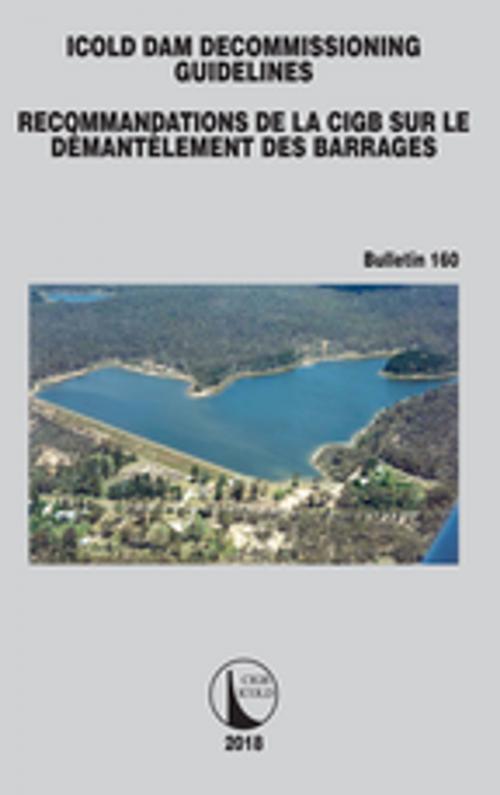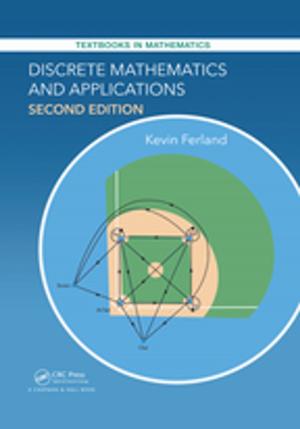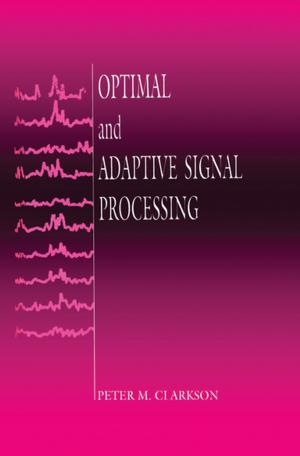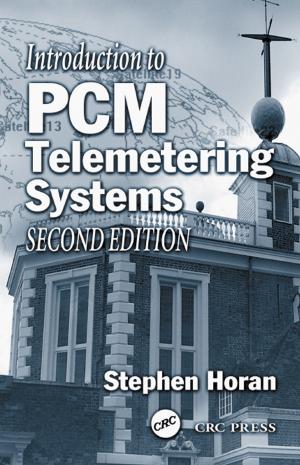| Author: | ISBN: | 9781351033640 | |
| Publisher: | CRC Press | Publication: | October 4, 2018 |
| Imprint: | CRC Press | Language: | French |
| Author: | |
| ISBN: | 9781351033640 |
| Publisher: | CRC Press |
| Publication: | October 4, 2018 |
| Imprint: | CRC Press |
| Language: | French |
Dam decommissioning or dam removal has been increasingly common since the past decade. The reason for considering dam removal may have to do with the safety of dams, high repair costs, high operating and maintenance costs, or effects on fish passage and water quality. However, the decision to remove a dam must be based on careful evaluation of the alternatives to address the specific problem at each dam.
The ICOLD Committee for decommissioning dams was established in 2005 to develop information that can be used by ICOLD members to respond to questions about the dismantling of dams and to provide a forum for the exchange of information . This ICOLD Bulletin is not intended as a design guide, but as a guide to the decision making process, consultation and regulatory approvals, design and construction issues, sediment management and performance monitoring.
The primary aim of these Dam decommissioning guidelines is to provide dam owners, dam engineers and other professionals with the information needed to guide decision making when considering dam dismantling as a project alternative. They are not meant to be used as a design guide, but as a guide to highlighting the points of interest. The guidelines in this ICOLD Bulletin apply only to flood defense structures and not to fall dams.
Dam decommissioning or dam removal has been increasingly common since the past decade. The reason for considering dam removal may have to do with the safety of dams, high repair costs, high operating and maintenance costs, or effects on fish passage and water quality. However, the decision to remove a dam must be based on careful evaluation of the alternatives to address the specific problem at each dam.
The ICOLD Committee for decommissioning dams was established in 2005 to develop information that can be used by ICOLD members to respond to questions about the dismantling of dams and to provide a forum for the exchange of information . This ICOLD Bulletin is not intended as a design guide, but as a guide to the decision making process, consultation and regulatory approvals, design and construction issues, sediment management and performance monitoring.
The primary aim of these Dam decommissioning guidelines is to provide dam owners, dam engineers and other professionals with the information needed to guide decision making when considering dam dismantling as a project alternative. They are not meant to be used as a design guide, but as a guide to highlighting the points of interest. The guidelines in this ICOLD Bulletin apply only to flood defense structures and not to fall dams.















